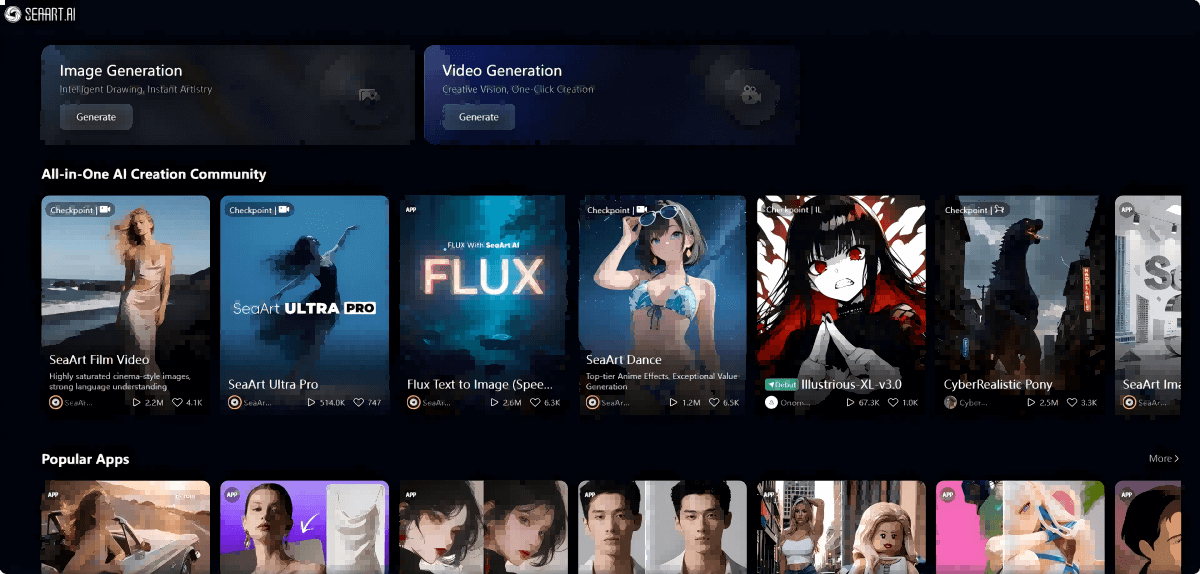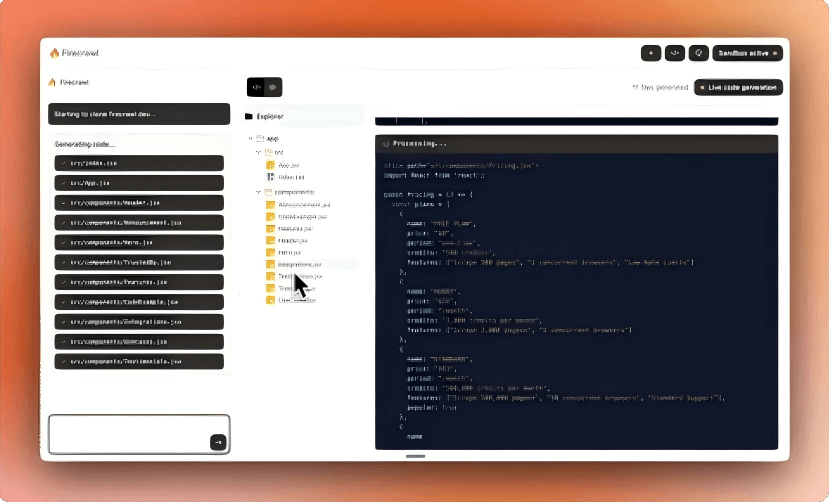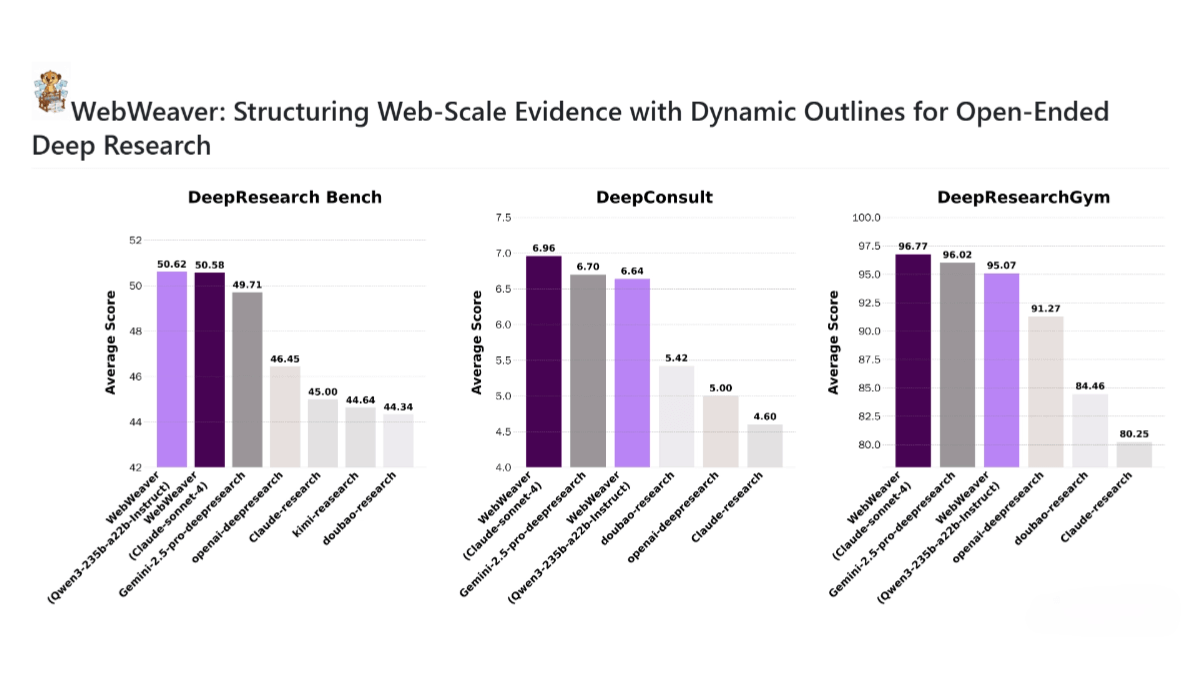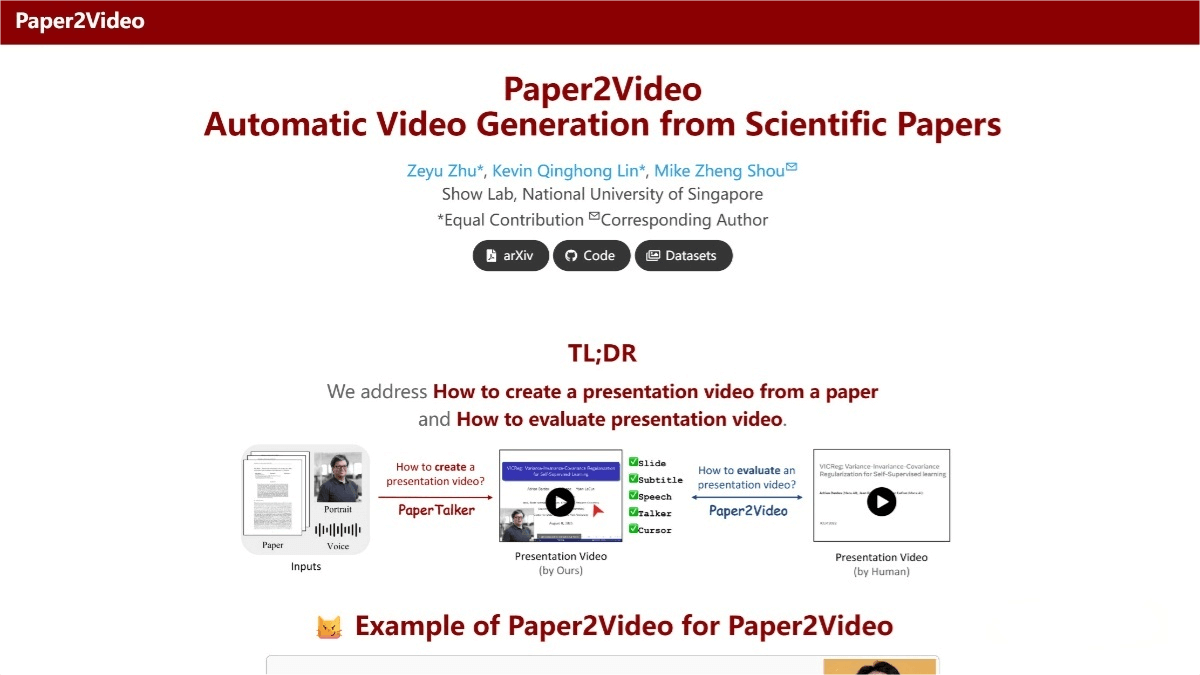What is MineContext?
MineContext is an open-source proactive context-aware AI tool developed by ByteDance. It helps users efficiently manage knowledge and information by “mining blocks” from their digital lives. The system captures a screenshot every 5 seconds, processes it, and sends it in batches to a Visual Language Model (VLM) for analysis. It then extracts six types of structured context—such as people, products, and company profiles—and proactively generates high-quality insights, to-do lists, and daily reports, rather than waiting passively for user queries. With its multimodal processing capabilities, MineContext will eventually support data from documents, images, videos, and more.
MineContext adopts a hybrid architecture that stores data locally while performing analysis in the cloud. It consists of five core components: the meta model, collector, storage layer, update engine, and interface layer. With a privacy-first design, all data is stored locally to ensure information security.
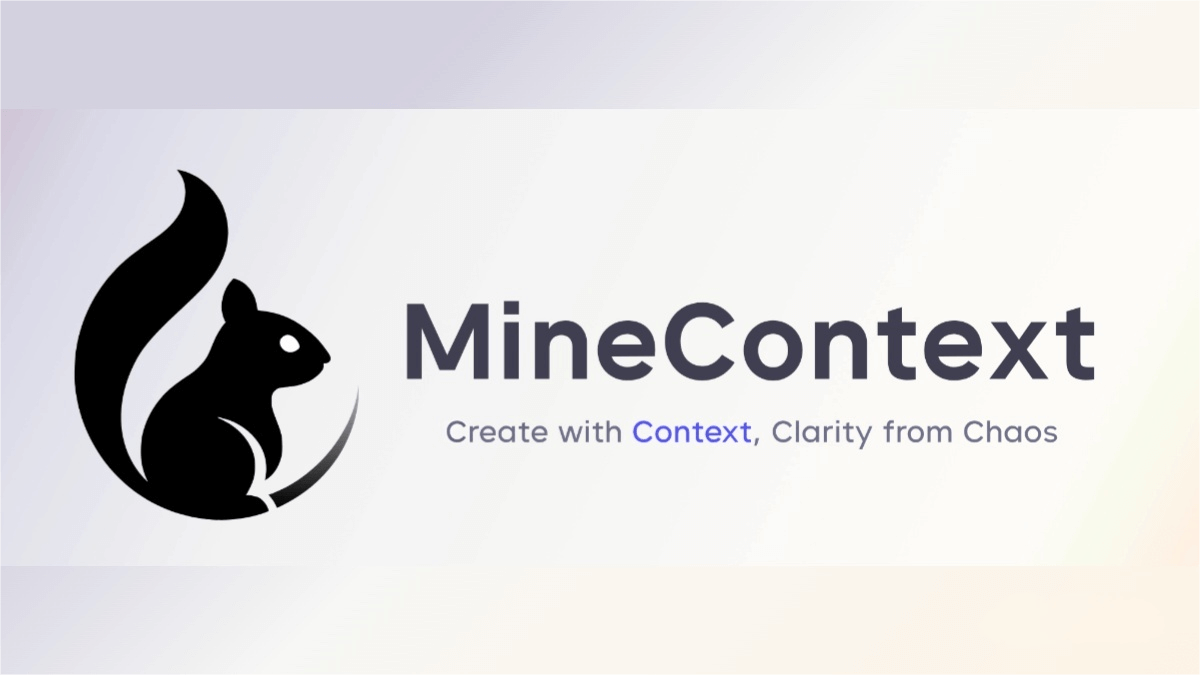
Main Features of MineContext
1. Screen Information Mining and Analysis
Captures a screenshot every 5 seconds, performs pHash-based deduplication, and sends data in batches to a VLM for analysis. It extracts six types of structured context, including people, products, and company profiles.
2. Proactive Information Generation
Proactively delivers high-quality outputs such as daily reports, to-do lists, and insights—without waiting for user prompts.
3. Multimodal Information Processing
In addition to screenshots, MineContext will support multimodal data sources including documents, images, videos, code, and external application data.
4. Privacy Protection
All data is stored locally to ensure user privacy and information security.
5. Open Source and Customization
As an open-source project, MineContext allows developers to freely inspect, modify, and build upon the codebase for full customization.
6. Cost Control
Users can use their own API keys, avoiding subscription fees and maintaining full control over operational costs.
Technical Principles of MineContext
1. Screenshot Capture and Deduplication
Screenshots are taken every 5 seconds and deduplicated using the pHash algorithm to eliminate redundant information and improve analysis efficiency.
2. Multimodal Information Analysis
The VLM analyzes multimodal inputs such as screenshots to extract structured contextual data (e.g., people, products, and company profiles).
3. Hybrid Architecture
Combines local storage with cloud-based analysis—ensuring privacy while leveraging the cloud’s computational power for efficient processing.
4. Core Component Collaboration
Includes five core components—meta model, collector, storage layer, update engine, and interface layer—that work together to collect, store, update, and retrieve contextual data.
5. Event-Driven Updating
Uses an event-driven mechanism to update contextual information, supporting delayed, batch, and priority processing to enhance responsiveness and flexibility.
6. Open Source and Extensibility
As an open-source project, it provides SDKs, RPCs, and PubSub interfaces for easy customization and expansion to meet diverse user needs.
Project Repository
Application Scenarios
Knowledge Workers:
Helps process large volumes of information, extract key content, and generate summaries and to-do lists to enhance productivity.
Content Creators:
Mines inspiration sources, integrates materials, and provides creative directions and insights to support content generation.
Lifelong Learners:
Builds structured knowledge systems, tracks learning progress, and generates study reports and review plans to support knowledge retention.
Project Managers:
Aggregates diverse information sources, tracks project progress, and generates summaries and next-step plans for better project management.
Enterprise Applications:
Serves as an internal tool for knowledge management and information sharing, enhancing team collaboration and knowledge transfer.
Personal Digital Life:
Manages personal digital activities, analyzes usage patterns (e.g., social media, online learning), and provides personalized insights and recommendations.
